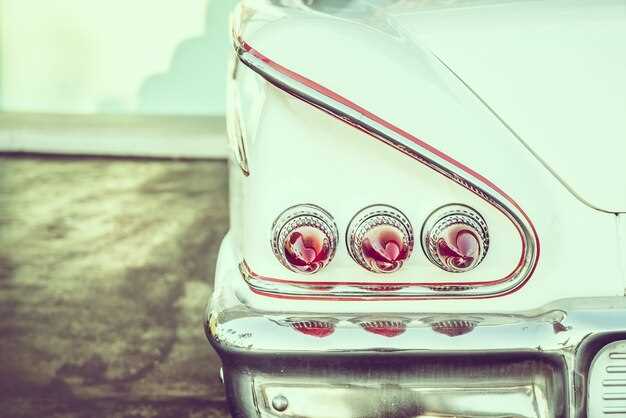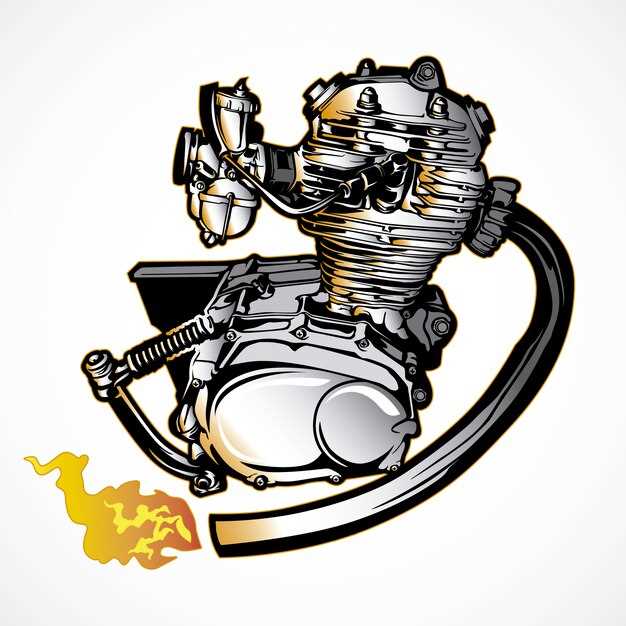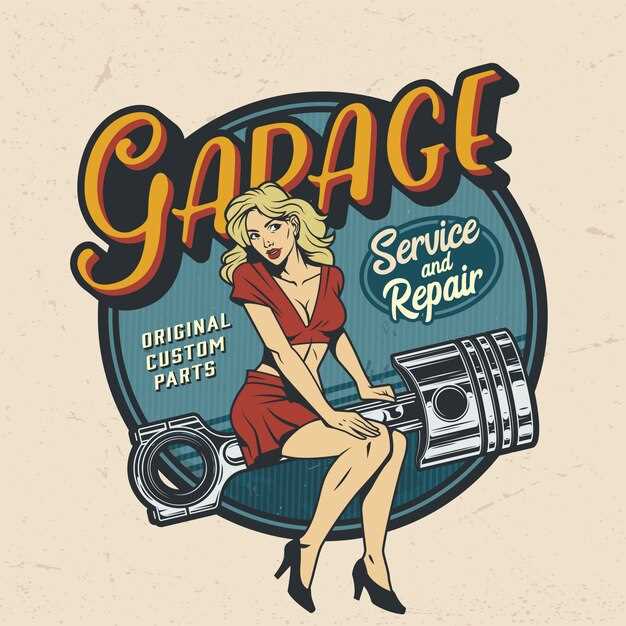
The world of classic muscle cars is as vibrant as ever, with enthusiasts continually seeking ways to enhance performance and reliability. Among the most popular modifications are engine swaps, which can breathe new life into these beloved vehicles. Opting for an engine swap can not only improve horsepower but also elevate the driving experience by introducing modern technology and engineering into vintage designs.
In this article, we delve into the most sought-after engine swaps for classic muscle cars, focusing on combinations that maximize both performance and compatibility. From iconic small-block V8s to powerful modern crate engines, the choices are plentiful. Each swap offers unique benefits and challenges, making it essential for enthusiasts to consider their individual goals and skill levels before diving into a project.
Whether you’re a seasoned mechanic or a passionate hobbyist, understanding the best engine swaps can transform your classic muscle car into a powerhouse on the road. Join us as we explore the best options available, backed by expert insights and real-world experiences, empowering you to make informed decisions for your automotive journey.
Choosing the Right Engine for Performance Enhancement

When selecting an engine for enhancing the performance of classic muscle cars, several key factors must be considered to ensure optimal results. First, evaluate the intended use of the vehicle. If the primary goal is for street driving, a more balanced approach with a focus on torque may be ideal. Conversely, for track use, higher RPM capabilities and horsepower should take precedence.
Next, consider engine size and displacement. Larger engines typically provide more power but may also impact weight distribution and handling. Assess if maintaining the classic character of the car is important; some enthusiasts prefer to stick with traditionally available engines, whereas others may opt for modern powerplants that offer advantages in reliability and efficiency.
Fuel type is another crucial consideration. While traditional muscle cars often ran on premium gasoline, modern engines might leverage fuel injection and turbocharging to produce more power while using less fuel. The choice of fuel can affect performance, cost, and overall driving experience.
Compatibility with existing drivetrain components should not be overlooked. Ensure the new engine will match the transmission, rear end, and suspension systems to prevent compatibility issues that could hinder performance. Selecting an engine that aligns well with these components can significantly enhance the vehicle’s overall dynamics.
Furthermore, research aftermarket support and availability of performance parts. A well-supported engine platform can provide numerous enhancement options, allowing for future upgrades as performance needs evolve. Engines with a robust aftermarket presence can simplify the process of finding parts and tuning options.
Finally, budget constraints will play a significant role in determining the right engine. Prices can range widely based on brand, model, and performance specifications. Consider not only the initial cost but also the long-term investment in maintenance and modifications. Balancing performance goals with financial feasibility is crucial for a successful engine swap.
Key Considerations for Installation and Compatibility

When planning an engine swap for a classic muscle car, several critical factors must be evaluated to ensure a successful installation and overall compatibility. Each of these considerations plays a significant role in not only the performance of the vehicle but also in maintaining its integrity and value.
1. Engine Mounting: The first step in any engine swap is assessing the engine mounts. Custom mounts may be required to fit the new engine into the original engine bay. Compatibility between the engine mounting points and the vehicle’s frame is essential to secure the engine properly, avoiding misalignment or excessive vibrations.
2. Transmission Compatibility: The choice of engine often dictates the type of transmission that is most suitable. Ensure the engine and transmission are compatible in terms of bolt patterns and size. Considerations for transmission mounts and driveshaft alignment are also crucial for optimal performance.
3. Wiring Harness Adaptation: A new engine might require modifications to the existing wiring harness. This includes power connections, sensor compatibility, and ECU integration. If the new engine is fuel-injected, a compatible ECU may be necessary, leading to additional wiring adjustments.
4. Exhaust System Integration: The exhaust setup must be designed to accommodate the new engine’s configuration and specifications. This may involve custom exhaust headers or modifications to fit within the available space and clearances, ensuring proper exhaust flow and sound characteristics.
5. Cooling System Adjustments: Engine swaps often necessitate a reevaluation of the cooling system. The new engine may generate more heat, requiring a high-capacity radiator, upgraded hoses, and potentially electric fans to maintain optimal operating temperatures.
6. Suspension and Braking Upgrades: An engine swap can significantly alter a vehicle’s weight distribution and handling characteristics. Upgrading the suspension and braking systems may be necessary to accommodate the increased power and ensure safe handling and stopping capabilities.
7. Legal and Regulatory Restrictions: Before proceeding with an engine swap, check local laws and regulations regarding emissions standards and vehicle modifications. Compliance with these regulations is essential to ensure that your vehicle is roadworthy and eligible for registration.
8. Budget Considerations: Engine swaps can vary greatly in cost depending on the chosen components and the complexity of the installation. It’s essential to create a comprehensive budget that accounts for all necessary parts, labor, and any unforeseen modifications that may arise during the process.
By carefully considering these factors, muscle car enthusiasts can ensure that their engine swap not only enhances the performance of their vehicles but also aligns with their vision for a classic build. Proper planning and execution are key to achieving a successful outcome in any engine swap project.
Cost Analysis and Budgeting for Engine Swaps
When considering an engine swap for a classic muscle car, a thorough cost analysis is essential to ensure the project stays within budget. The main components of costs involved in an engine swap include the engine itself, additional parts, labor, and miscellaneous expenses.
The price of an engine can vary significantly based on its make, model, and whether it is new, used, or rebuilt. High-performance engines from reputable brands can cost anywhere from $5,000 to $15,000 or more. Alternatively, used engines may be found for less, typically ranging from $1,500 to $3,500. When selecting an engine, factor in potential upgrades that may enhance performance, as these can add to the overall cost.
In addition to the engine, other necessary parts can increase expenses. Components such as motor mounts, transmission adapters, exhaust systems, and cooling systems may be required to complete the swap. Expect to spend an additional $1,000 to $3,000 on these parts, depending on compatibility and the quality of the products chosen. Don’t forget to budget for any tools or equipment needed for the installation if you’re working on the project yourself.
If you are not planning to perform the swap yourself, labor costs can add a significant amount to the overall budget. Professional mechanics may charge between $75 and $150 per hour, depending on their expertise and the complexity of the swap. A typical engine swap can take anywhere from 10 to 20 hours of labor, resulting in a total cost of $750 to $3,000 simply for labor.
Finally, consider miscellaneous expenses that could arise throughout the process. These can include permits, fees for disposal of the old engine, and unforeseen issues that may occur during the installation. A contingency budget of about 10% to 15% of the total estimated cost can provide a buffer for these unpredictable expenses.
In summary, a comprehensive budget for an engine swap should account for the engine, additional parts, labor, and miscellaneous costs. By meticulously analyzing each component, you can create a realistic financial plan that lays the groundwork for a successful engine swap project.
